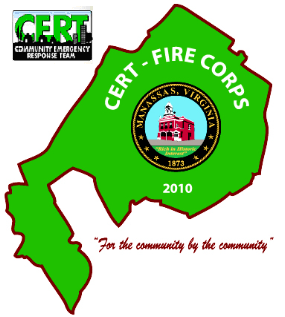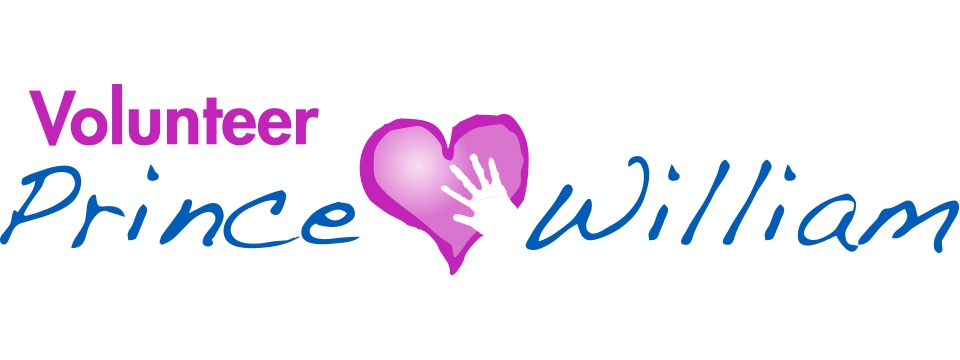

Who We Are
If we can predict that emergency services may not always meet immediate needs following a major disaster, especially if there is no warning, and people will spontaneously volunteer, what can our City Government do to prepare our community for this eventuality?
First, present citizens of Manassas the facts about what to expect following a major disaster in terms of immediate services.
Second, give the message about their responsibility for mitigation and preparedness.
Third, train people in our community in needed life saving skills with emphasis on decision making skills, rescuer safety, and doing the greatest good for the greatest number of people.
Fourth, organize teams so that they are an extension of our first responders, offering immediate help to victims until more trained fire and rescue services arrive.
The Community Emergency Response Team (CERT) course benefits every citizen who takes it. These individuals are now better prepared to respond to and cope with the aftermath of a disaster in our community. In essence, they are now auxiliary responders.
These individuals will provide immediate assistance to victims in their neighborhoods and businesses. They will organize spontaneous volunteers who have not had the training and collect disaster intelligence that will assist first responders with prioritization and allocation of resources following a disaster.
The CERT course is delivered in our community by a team of first responders who have the knowledge and skills to instruct the sessions. The City of Manassas CERT training is typically delivered in eight - three hour sessions, one evening a week; three Saturday’s; and on-line FEMA classes. Currently our training curriculum takes approximately 50 hours in length to complete.
The City of Manassas CERT is about readiness, people helping people, rescuer safety, and doing the greatest good for the greatest number of people. The City of Manassas CERT is a positive and realistic approach to emergency and disaster situations where citizens of our city may be initially on their own and their actions can make a difference. Through our training, these people can manage utilities and put out small fires; treat the three killers by opening airways, controlling bleeding, and treating for shock; provide basic medical aid; search for and rescue victims safely; and organize themselves and spontaneous volunteers to be effective.

What We Do
After the terrorist attacks of September 11, 2001, disaster preparedness became a renewed priority for our Nation.
All levels of Government have embraced stronger collaboration with non-government civic and private sector organizations and the general public in policies and practices. Citizen Corps, which is administered nationally by the Department of Homeland Security through the Federal Emergency Management Agency (FEMA), is the grassroots model of community preparedness and has spread across the country, and Americans have been asked to become fully aware, trained, and practiced on how to respond to potential threats and hazards.
Following a major disaster, first responders who provide fire and medical services may not be able to meet the demand for these services. Factors as: number of victims; communication failures; and road blockages may prevent people from accessing emergency services they have come to expect at moment’s notice through 9-1-1. Our community may have to rely on each other for help in order to meet their immediate life saving and life sustaining needs.
Under these kinds of conditions, family members, neighbors, and fellow employees will spontaneously try to help each other. Some people will lose their lives attempting to save others. This is a high price to pay and is preventable through training.


Details
| (703) 330-3776 | |
| ManassasCERT@verizon.net | |
| Robert (Bob) Keller | |
| Volunteer Program Manager | |
| http://ManassasCERT.org |


